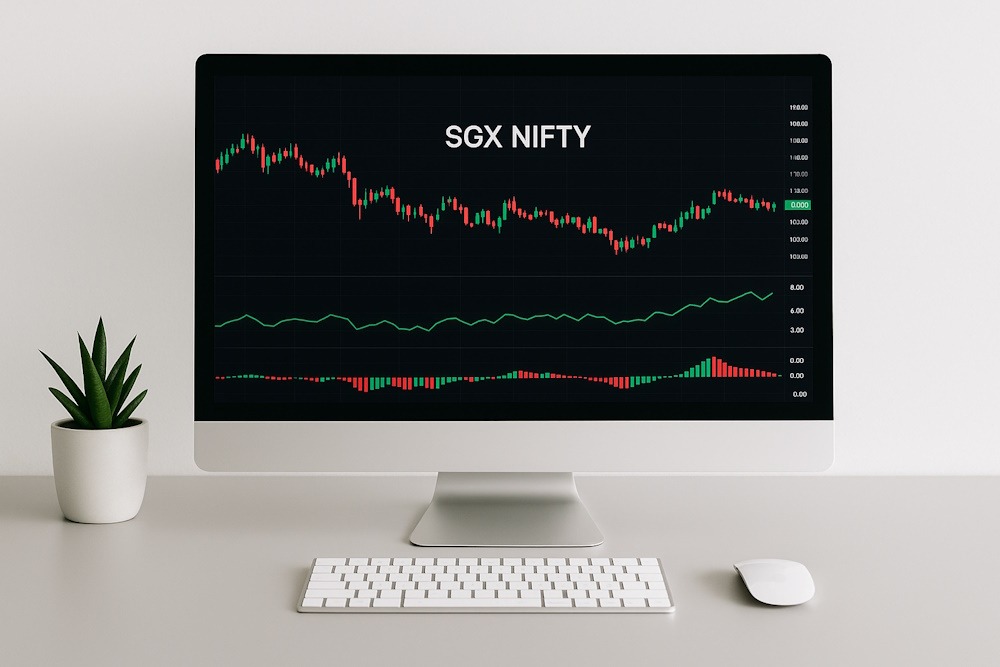
The SGX Nifty is a significant part of global trading, offering opportunities for traders worldwide. Understanding its mechanics can enhance your trading strategy and boost your market confidence. This guide provides essential knowledge to navigate this index effectively.
The SGX Nifty acts as an indicator of market sentiment and potential movement in the Indian stock markets, especially for international traders. As a futures contract on the Singapore Exchange, it reflects the Indian Nifty index’s performance, offering insights into trends before Indian markets open. For traders using reliable platforms like OneRoyal, understanding the SGX Nifty’s intricacies can enhance strategic decision-making and lead to more informed investments.
Understanding sgx nifty’s impact on global markets
The SGX Nifty is a powerful financial instrument that connects Asian markets with international investors. It represents the Indian Nifty 50 index but trades outside India’s regulatory boundaries, offering flexibility and extended trading hours. This accessibility allows traders to engage with market trends reflecting the broader economic landscape in India, providing a strategic advantage in anticipating market shifts.
Primarily linked to the Indian stock exchange’s performance, the SGX Nifty provides pre-market cues that are crucial for global investors. By analyzing its movements, traders can predict possible openings and fluctuations in Indian markets. This foresight is valuable for planning trades around potential market gaps or volatility.
Traders often use it to hedge their positions or gain exposure to Indian equities without directly accessing local exchanges. Its role extends beyond speculation; it serves as a barometer for economic sentiment related to India, impacting global trade strategies.
Effective strategies for trading sgx nifty
To trade the SGX Nifty effectively, understanding fundamental and technical analysis is key. Fundamental analysis involves evaluating macroeconomic indicators that influence market trends, including economic data releases, geopolitical developments, and policy changes that could impact market sentiments.
Technical analysis focuses on identifying patterns and trends within historical price data. Traders use charting tools to spot support and resistance levels, trends, and indicators such as moving averages to predict future price movements. Combining these analyses enables traders to make educated decisions about entry and exit points.
Another strategy involves leveraging derivatives like options and futures contracts to hedge risks or speculate on future price movements. This method requires a comprehensive understanding of derivative products and their implications on capital investment.
Utilizing advanced tools for successful trading
Incorporating advanced tools and resources is vital for successful trading on indices like the SGX Nifty. Modern trading platforms offer real-time data analytics, charting tools, and algorithmic trading capabilities that streamline decision-making processes. Access to such technologies empowers traders to execute trades with precision and confidence.
Platforms designed with user-friendly interfaces allow easy navigation through complex datasets and provide educational resources to enhance trader proficiency. These resources often include webinars, tutorials, and market analysis reports tailored to varying levels of trader expertise.
Additionally, using platforms with robust customer support ensures any technical challenges are swiftly addressed, allowing traders to focus on strategic execution rather than operational hurdles. Leveraging these tools can significantly improve your ability to interpret market signals accurately.
Implementing effective risk management techniques
Risk management is a crucial component of any trading strategy involving volatile instruments like the SGX Nifty. Establishing stop-loss orders is one method of mitigating potential losses by automatically closing positions at predetermined levels if the market moves unfavorably.
Diversification across various asset classes can also help spread risk exposure, reducing the impact of adverse movements in a single market segment. By allocating investments across different sectors or geographic regions, traders can better weather unexpected market downturns.
Developing a disciplined approach through consistent review and adjustment of strategies based on changing market conditions further enhances risk management efforts. Traders should regularly evaluate their portfolios against current economic forecasts and adjust their tactics accordingly.
